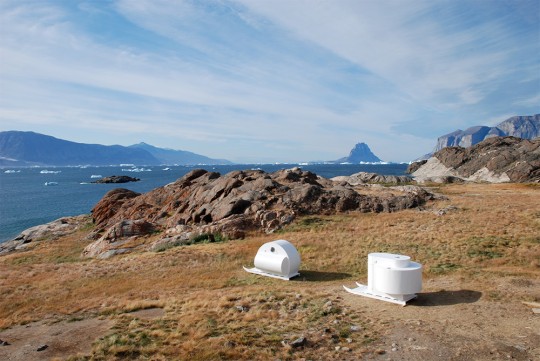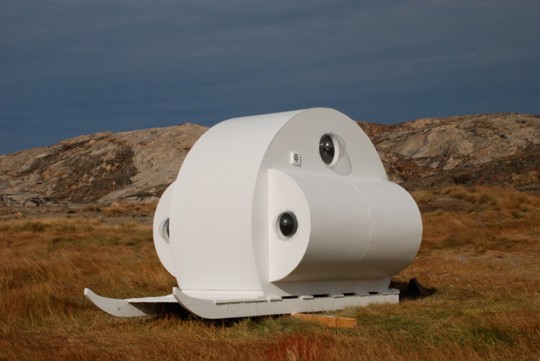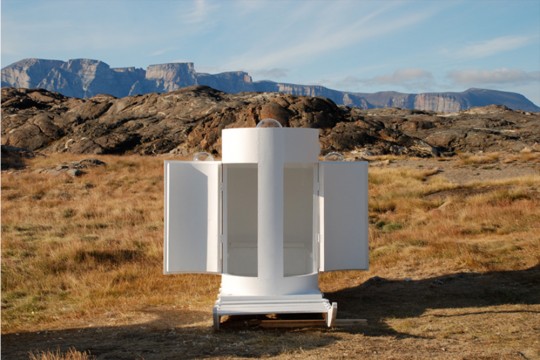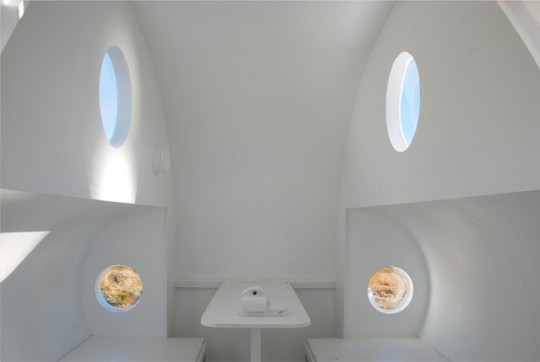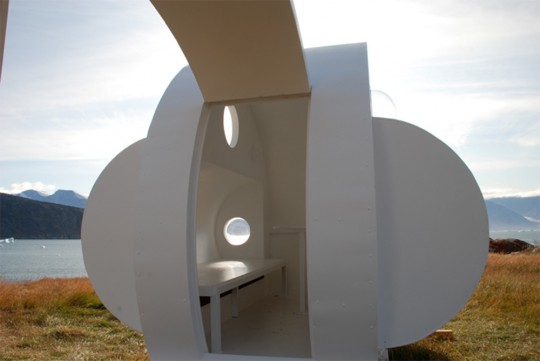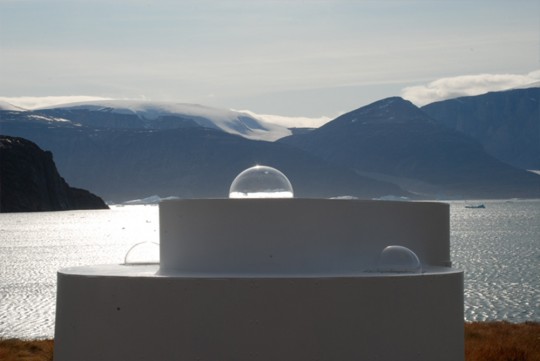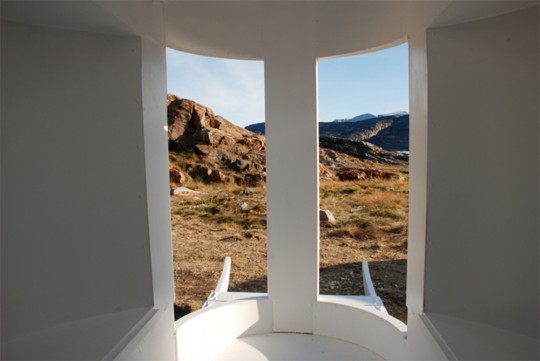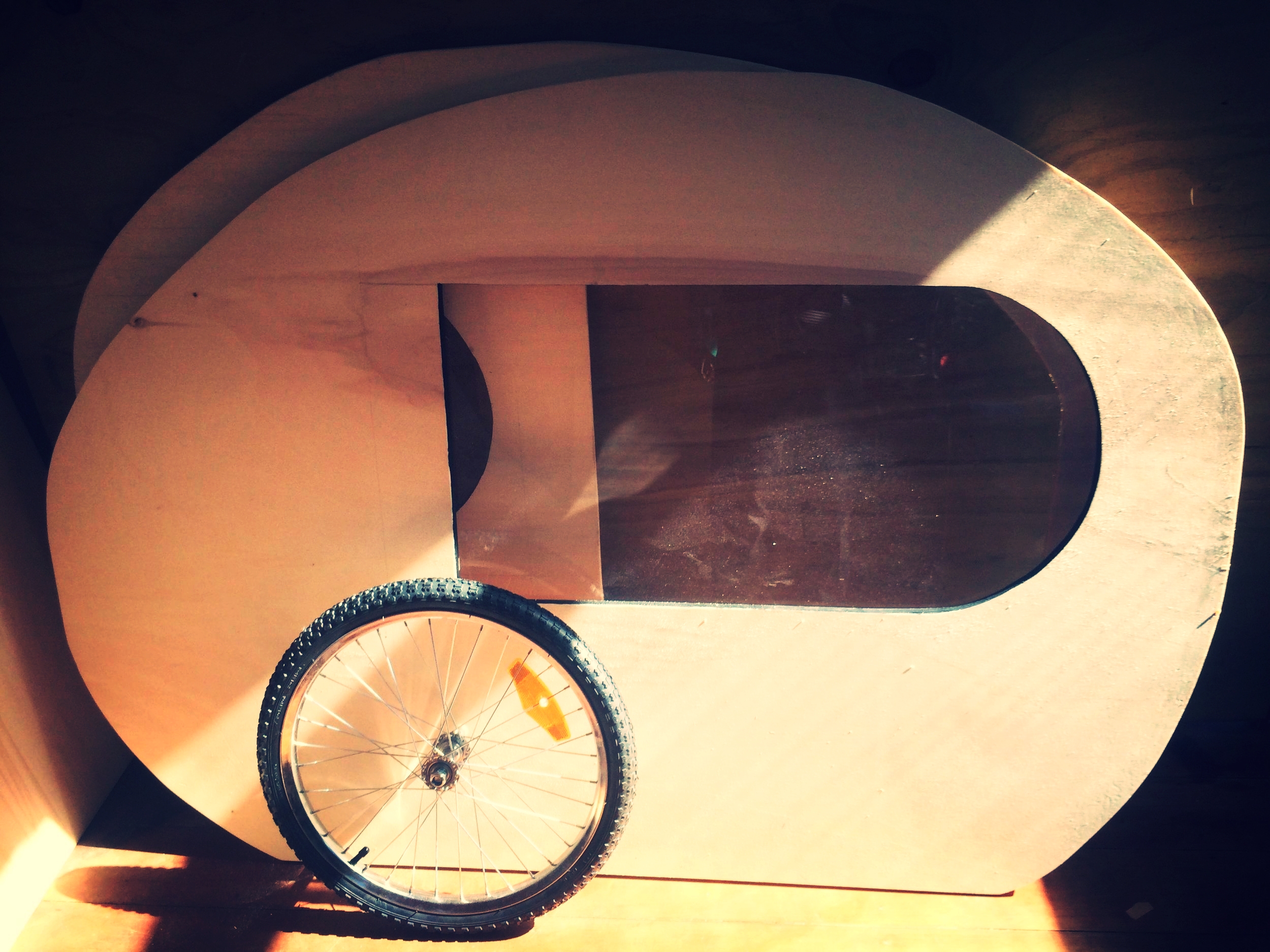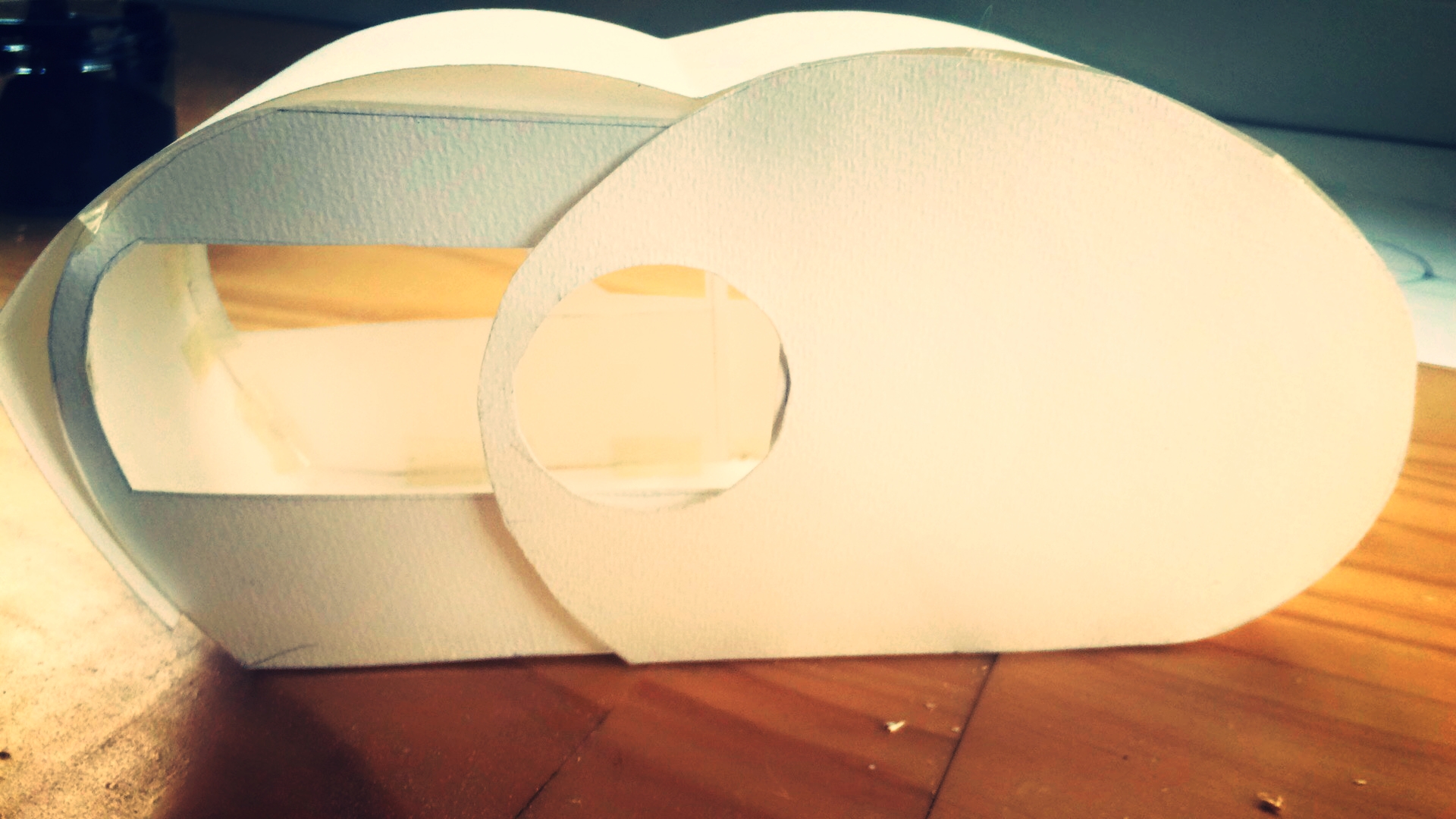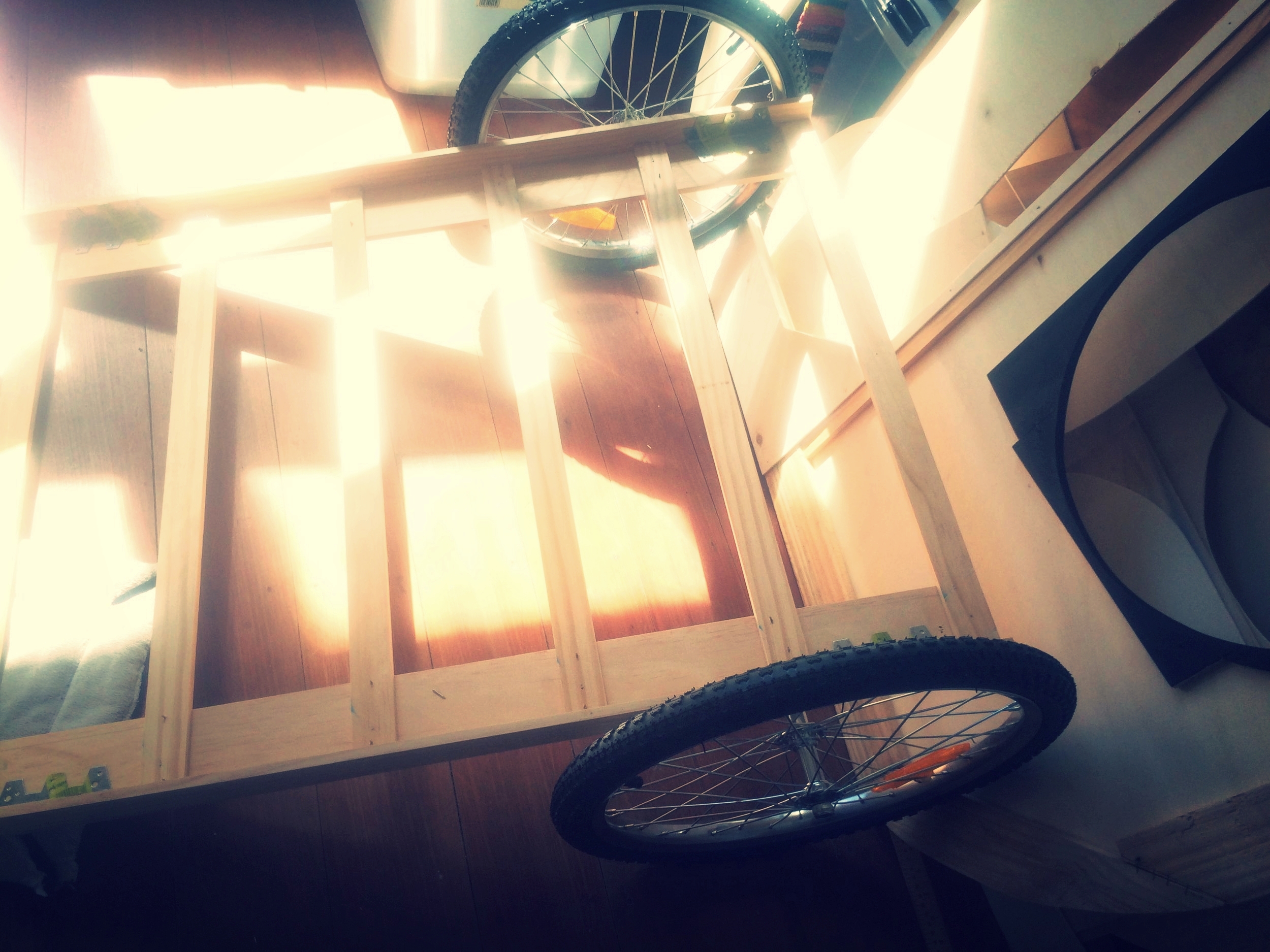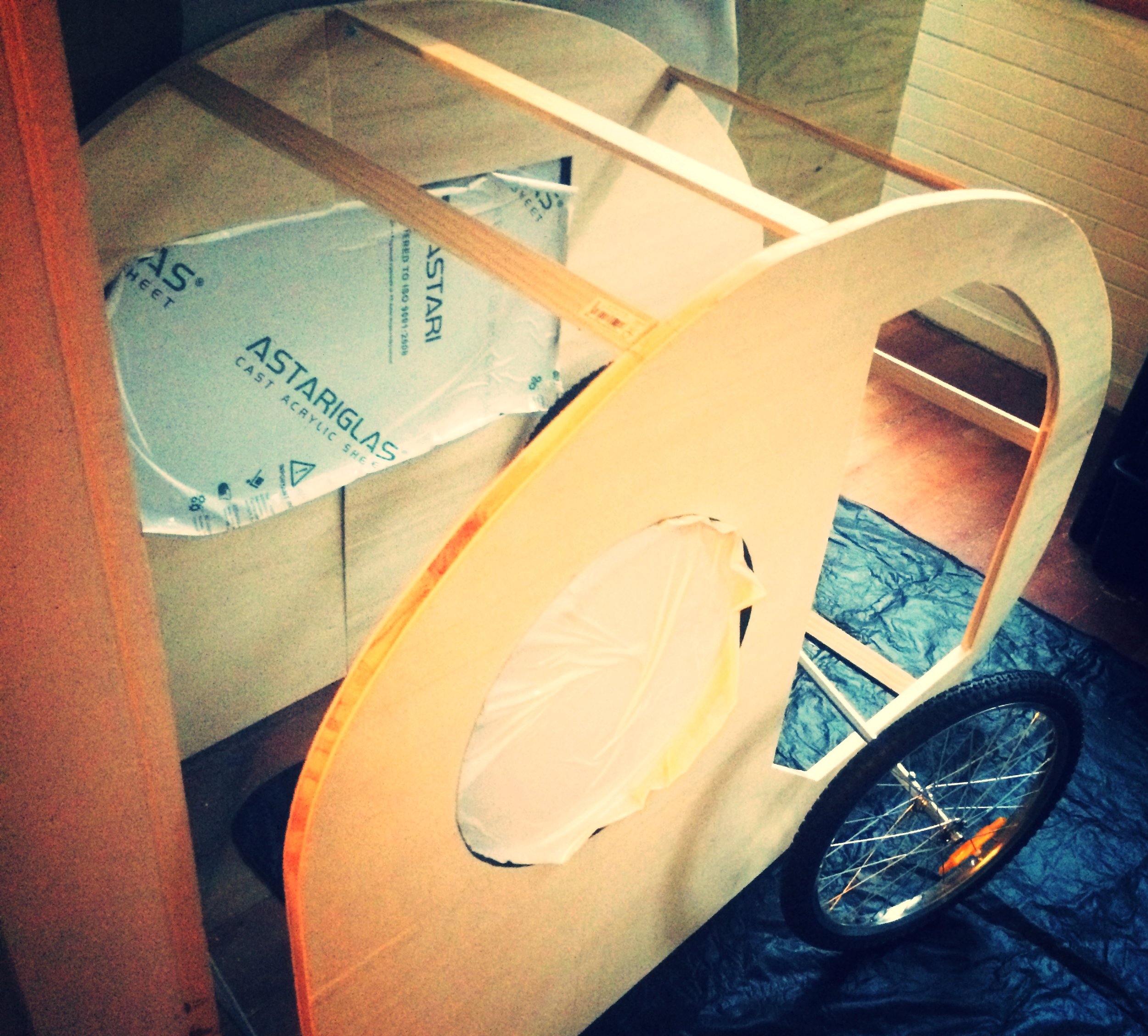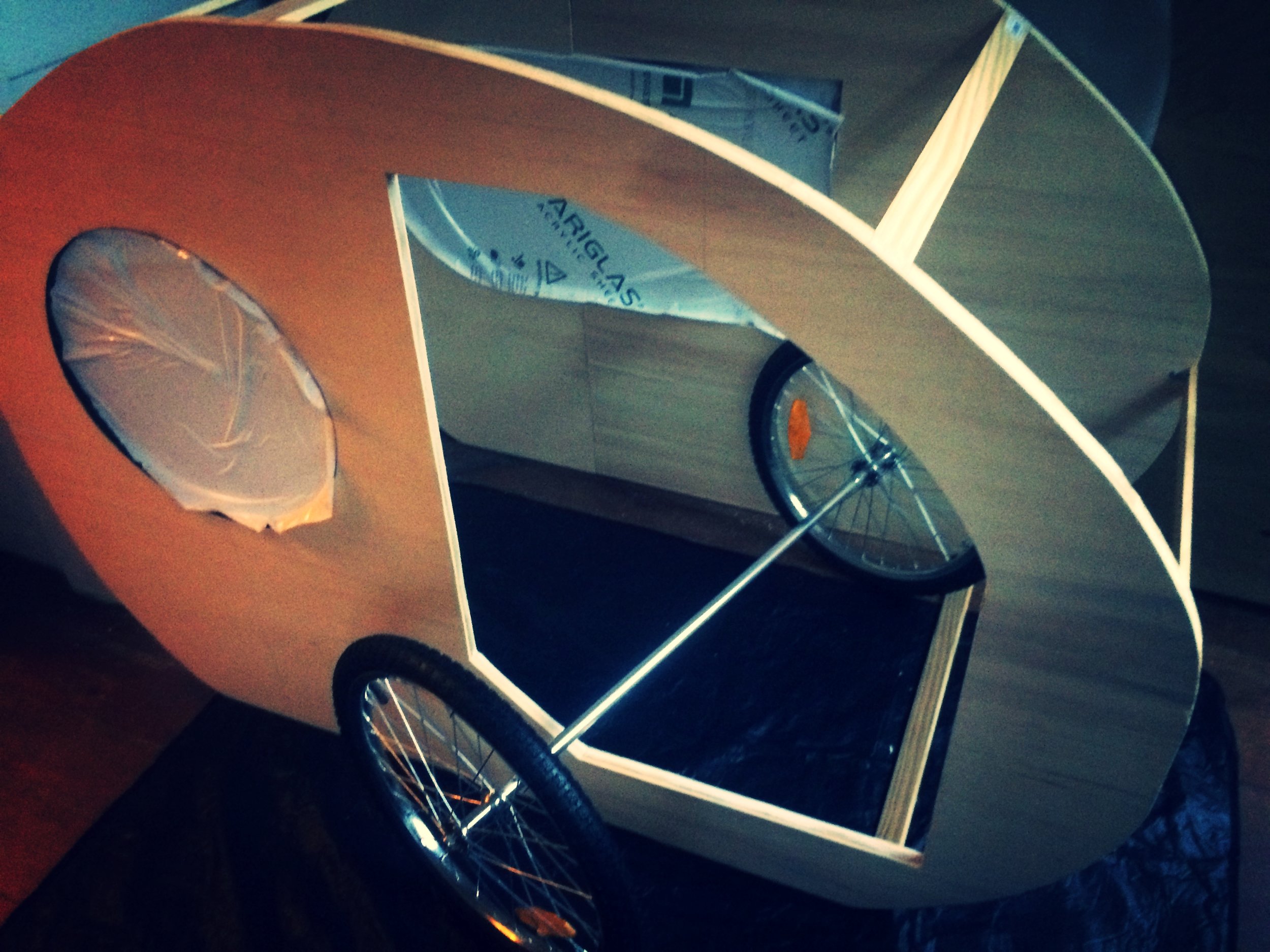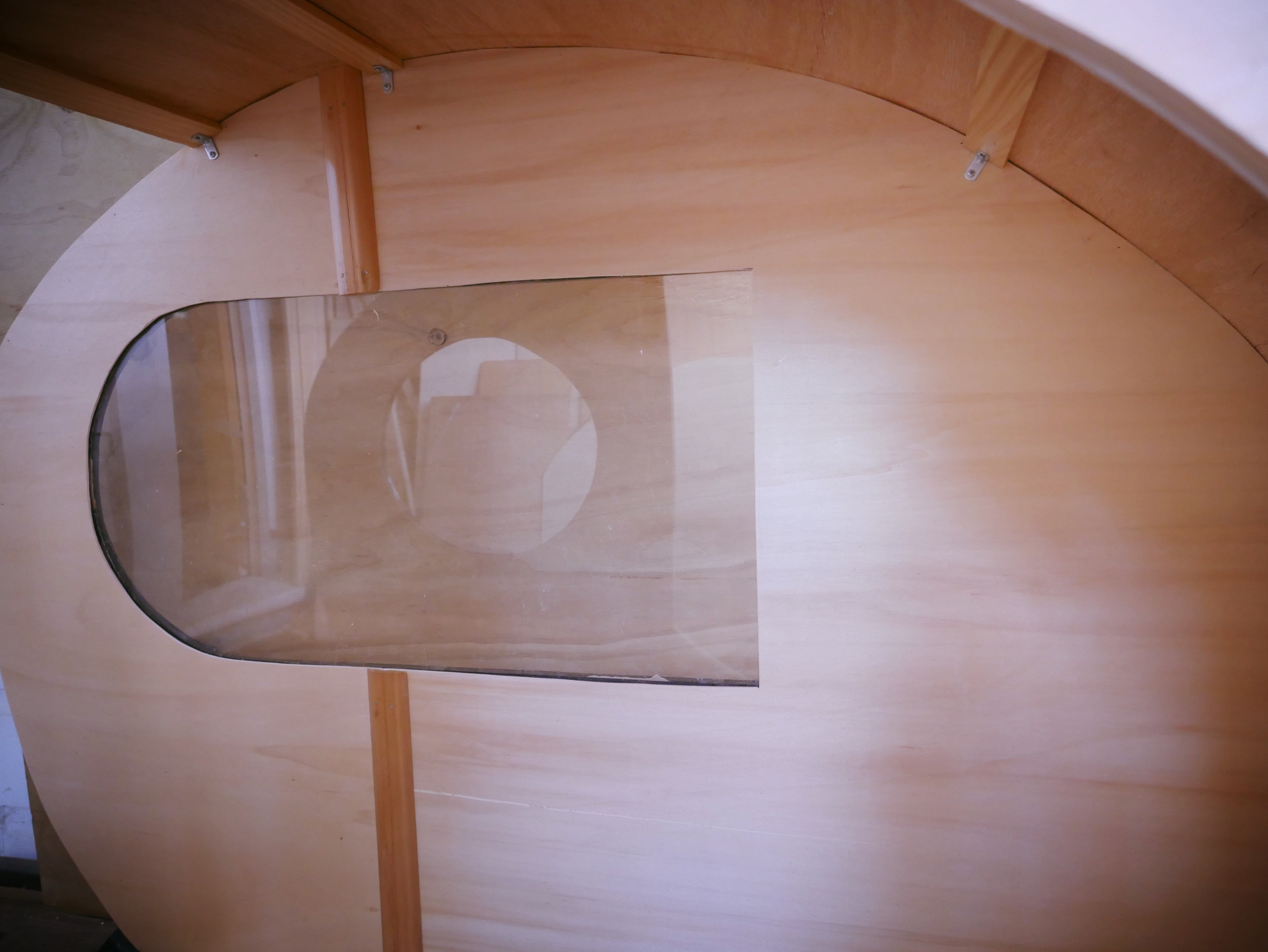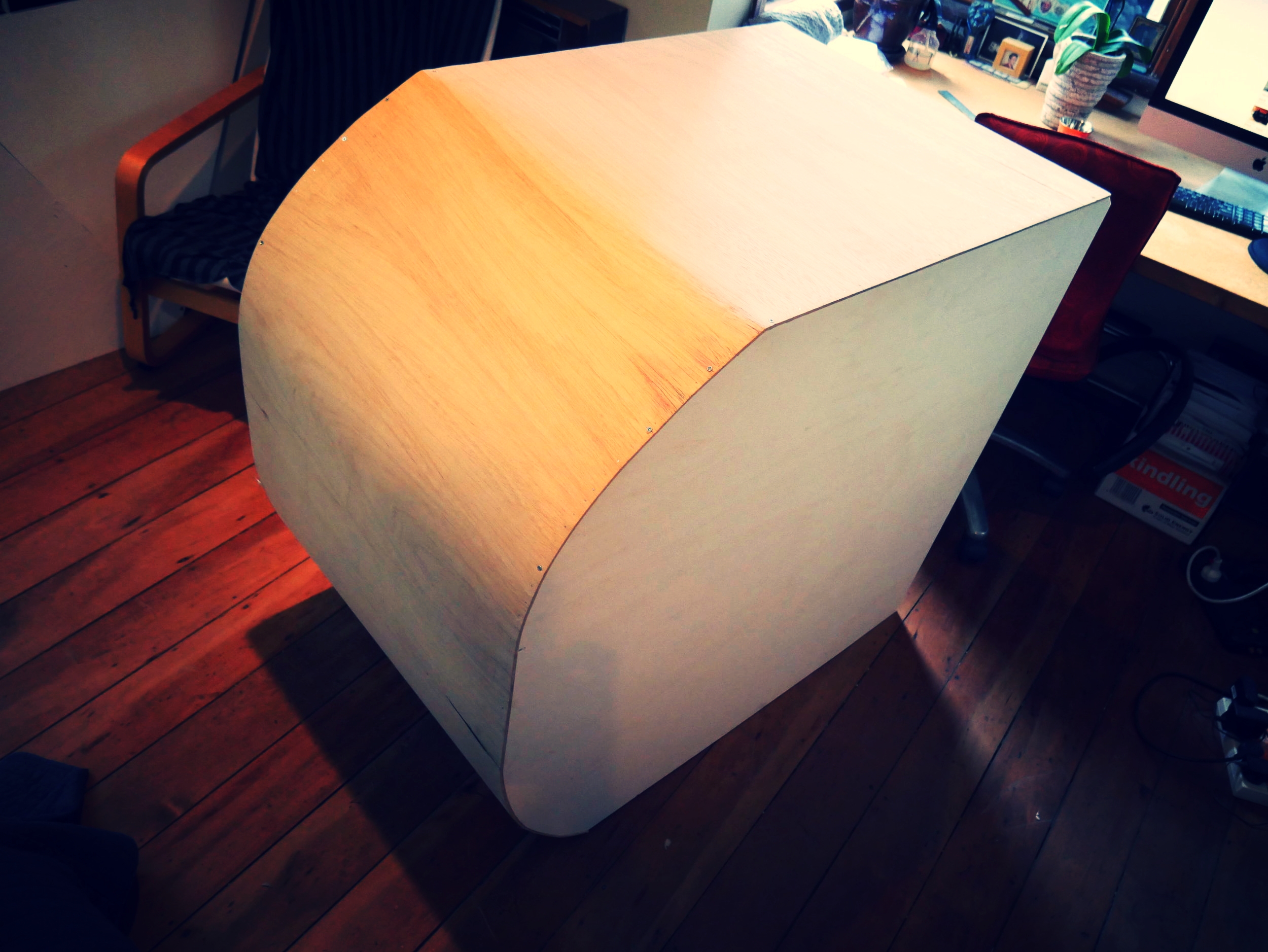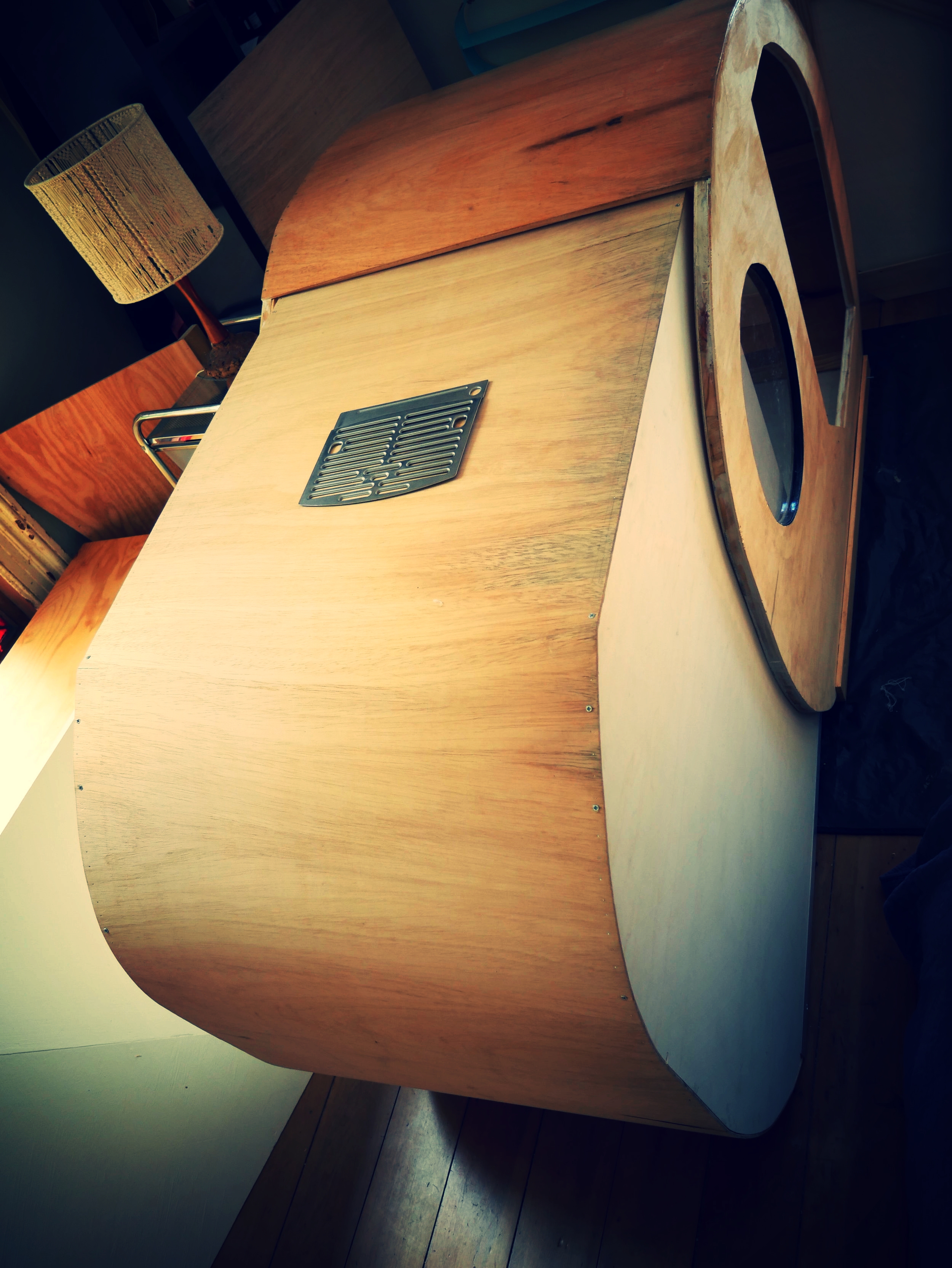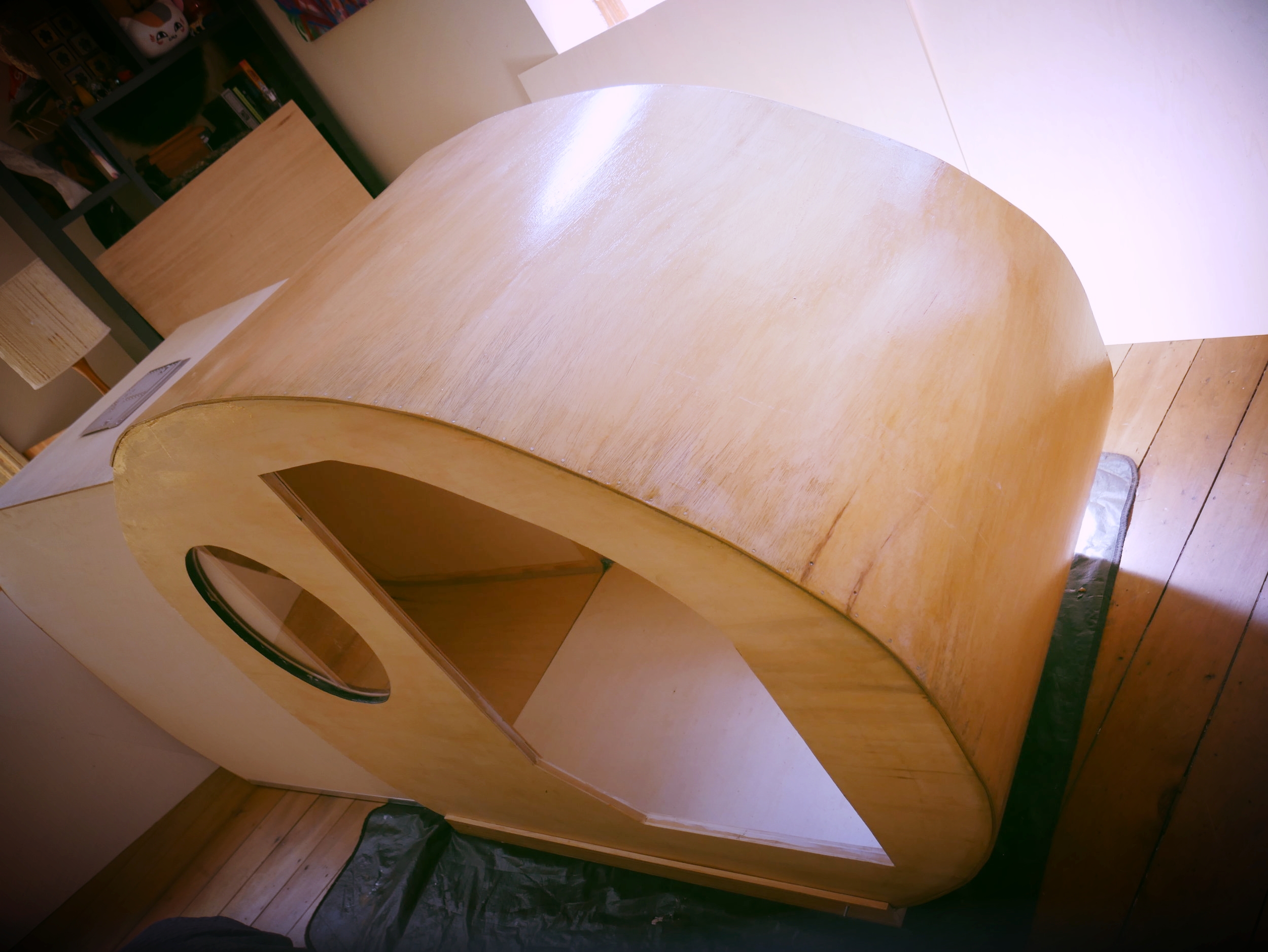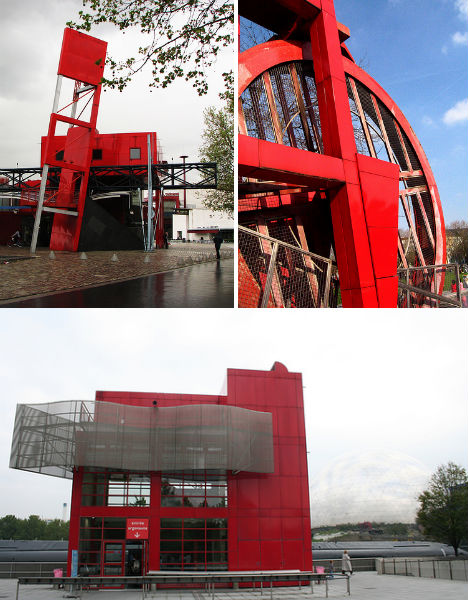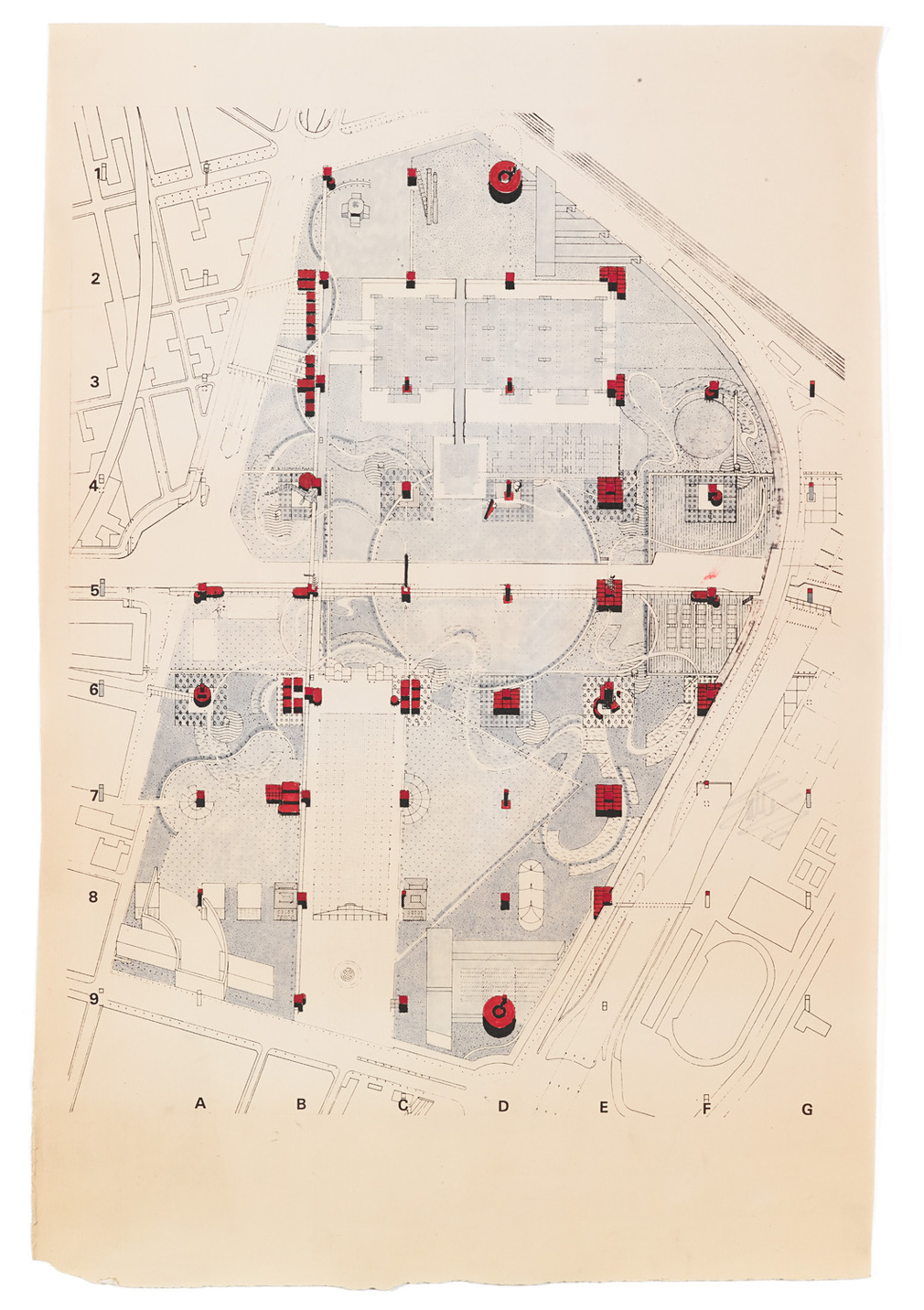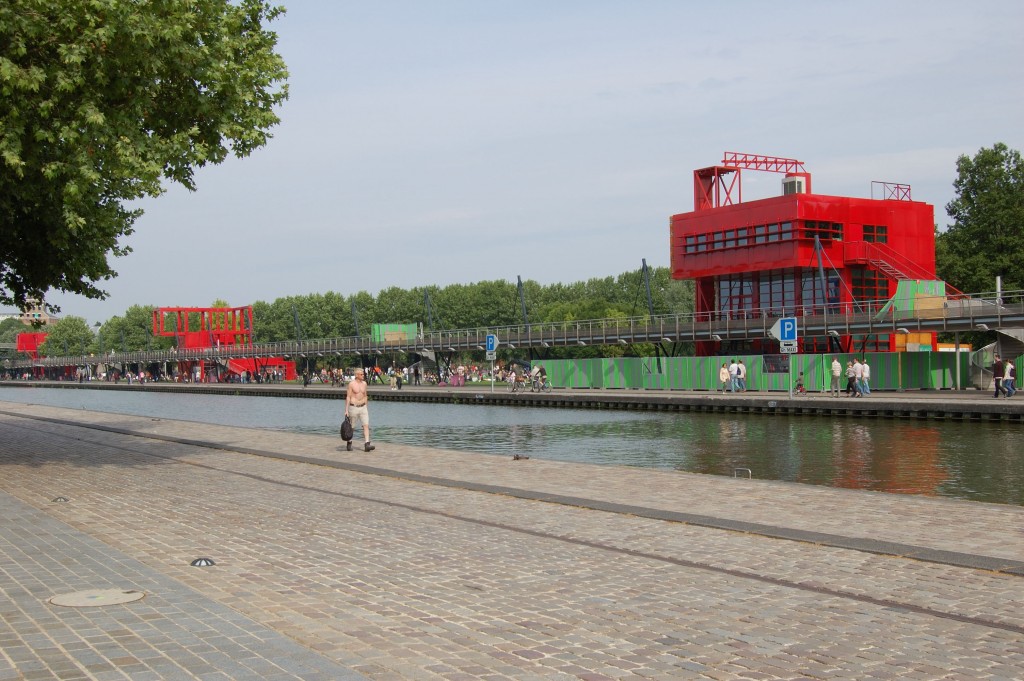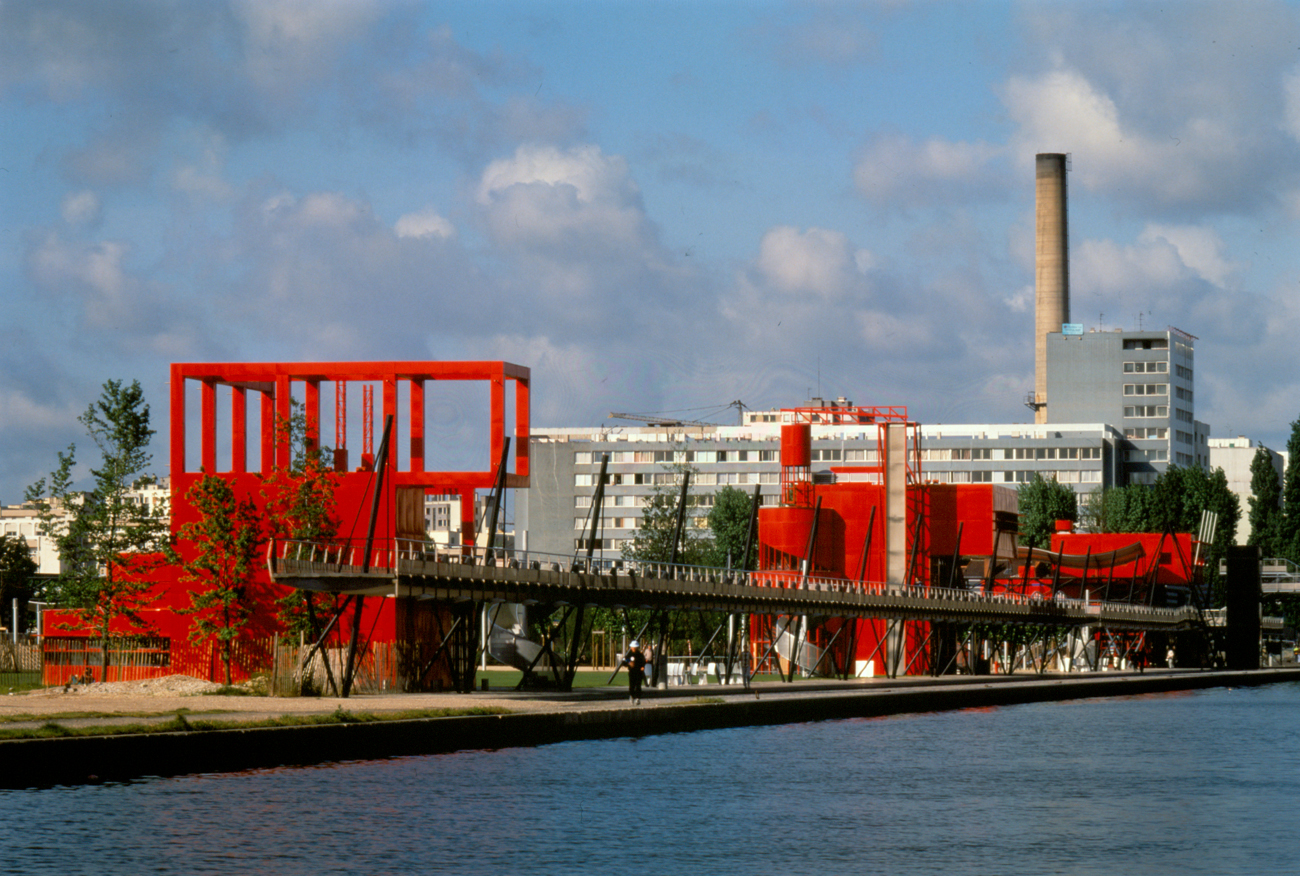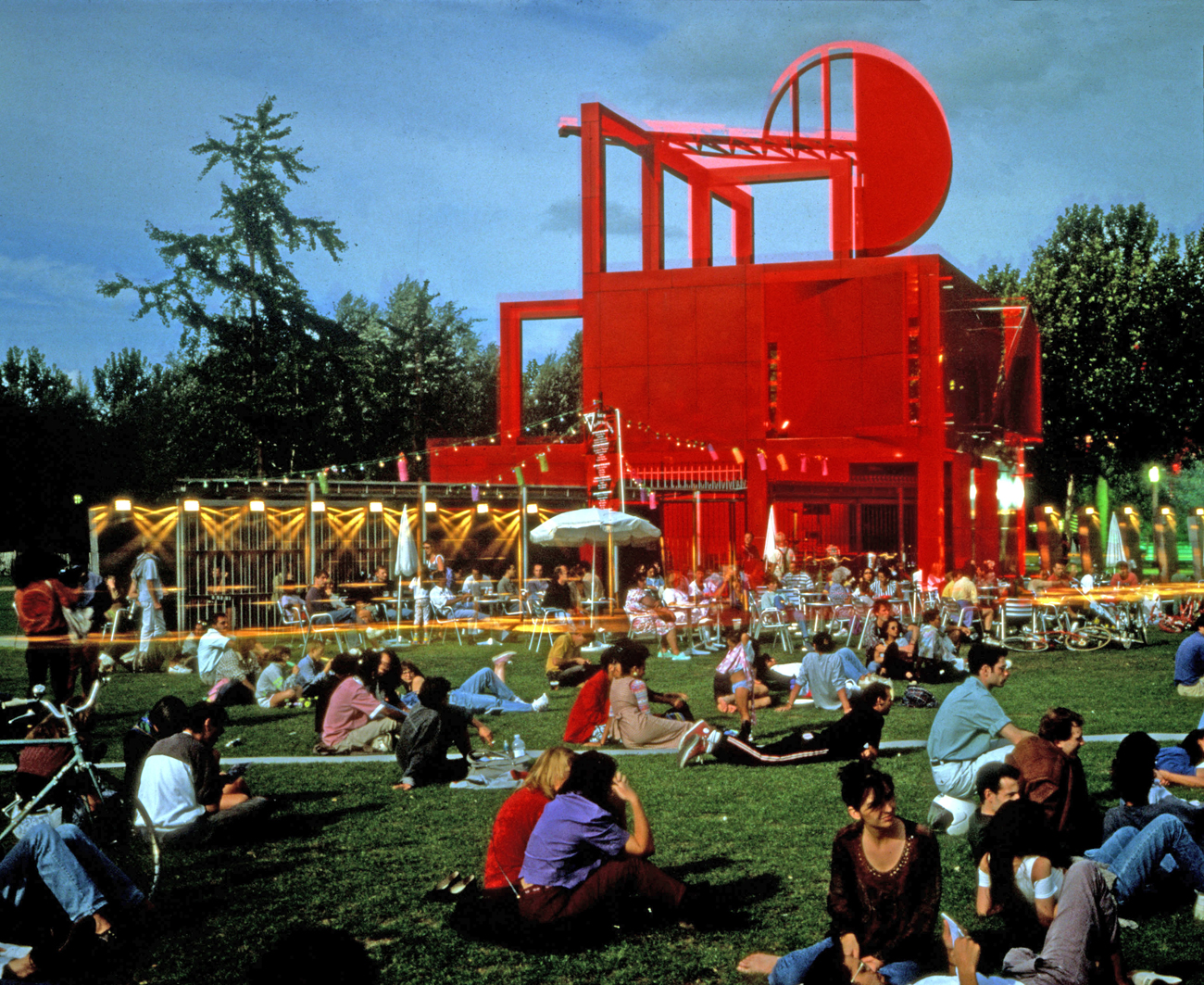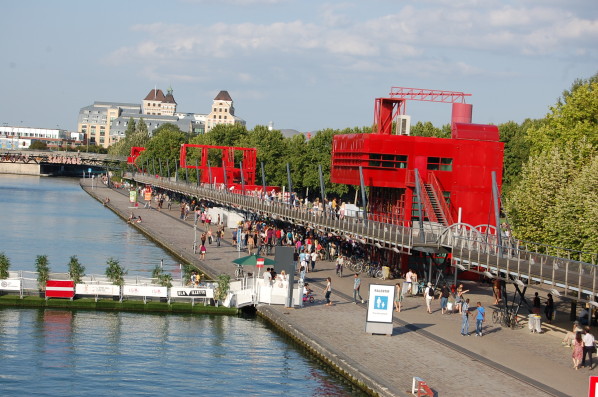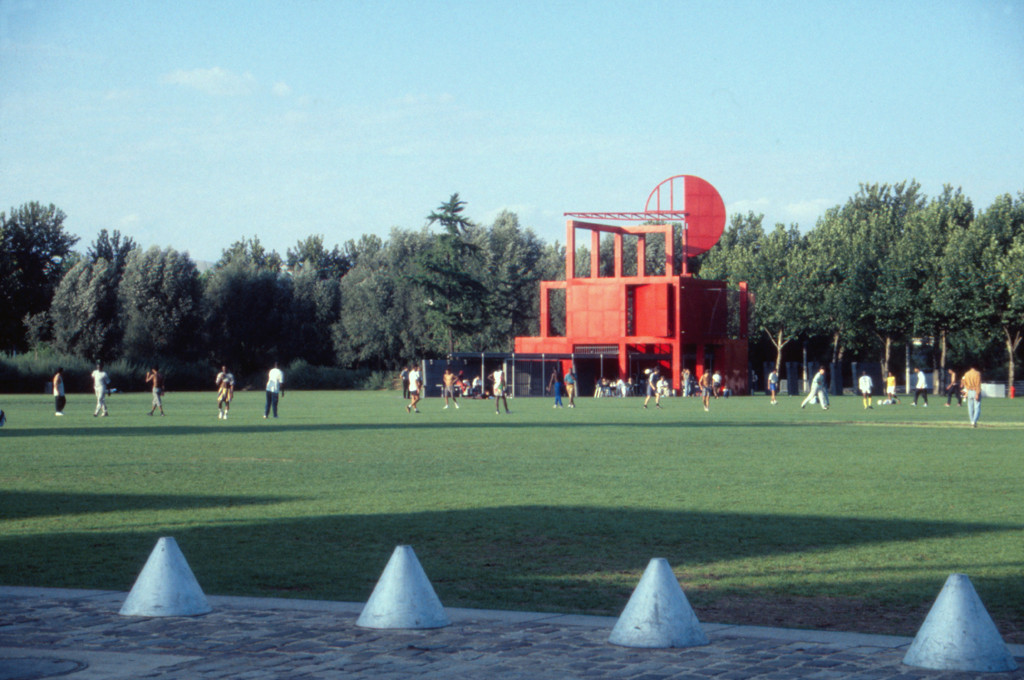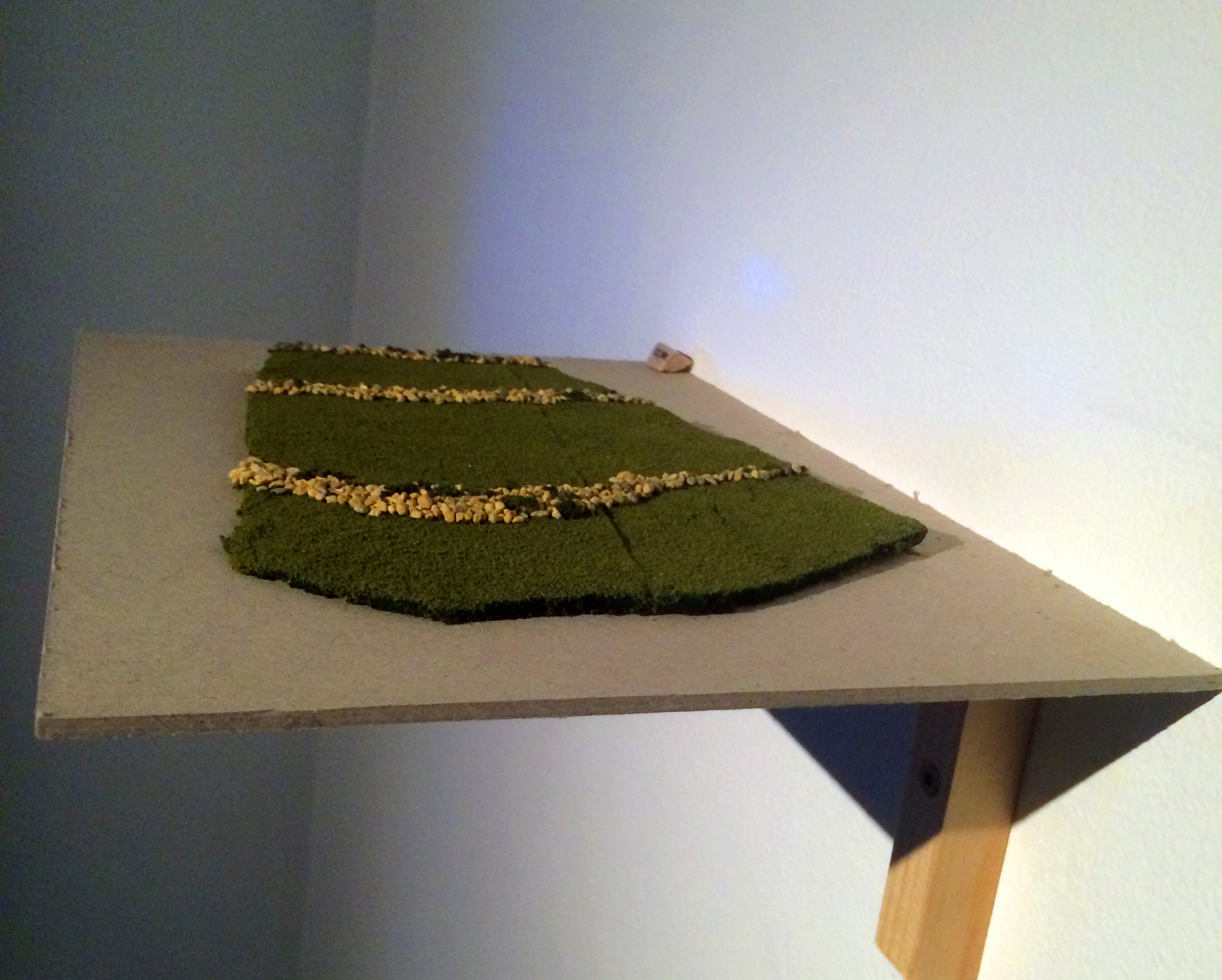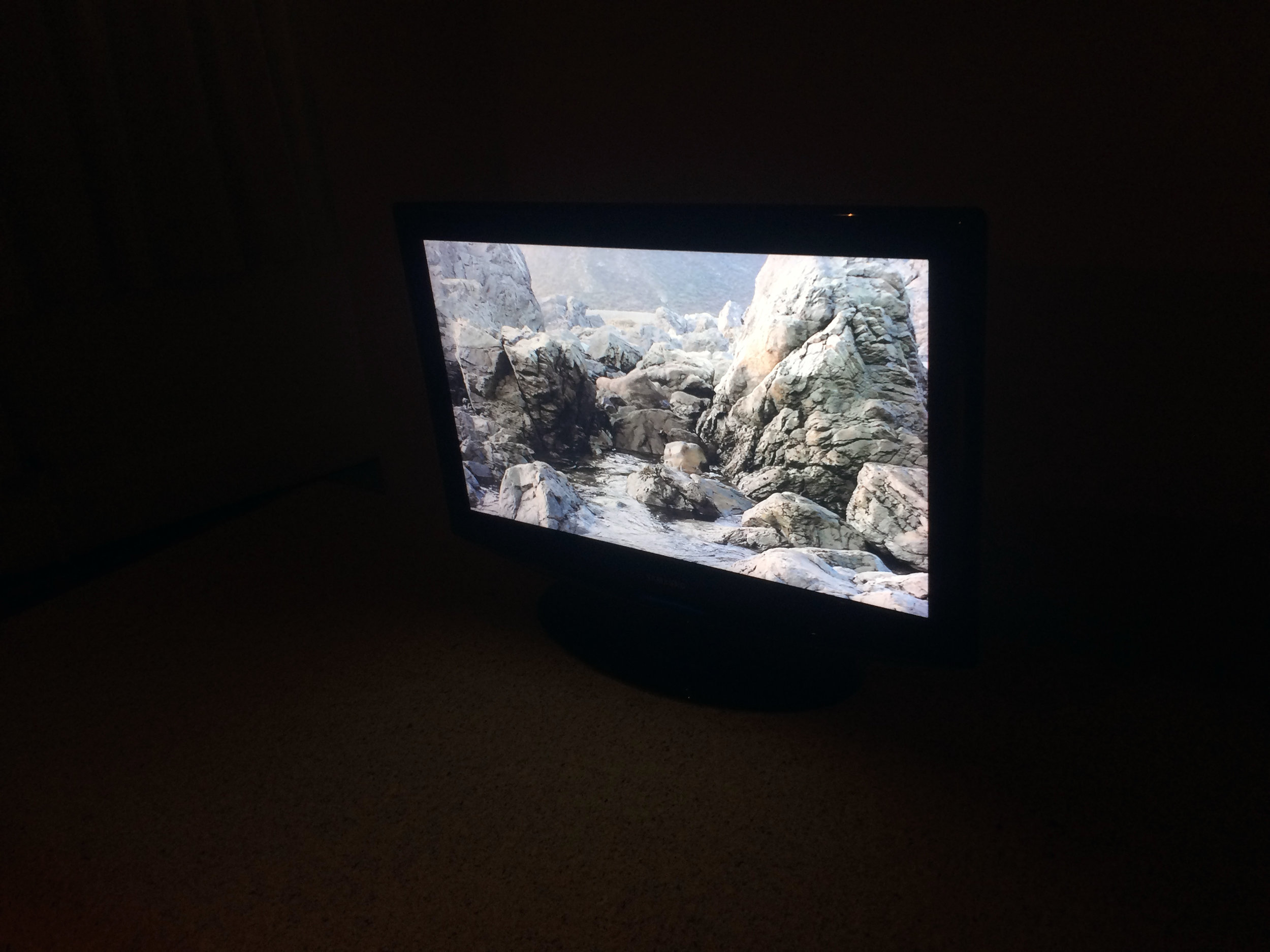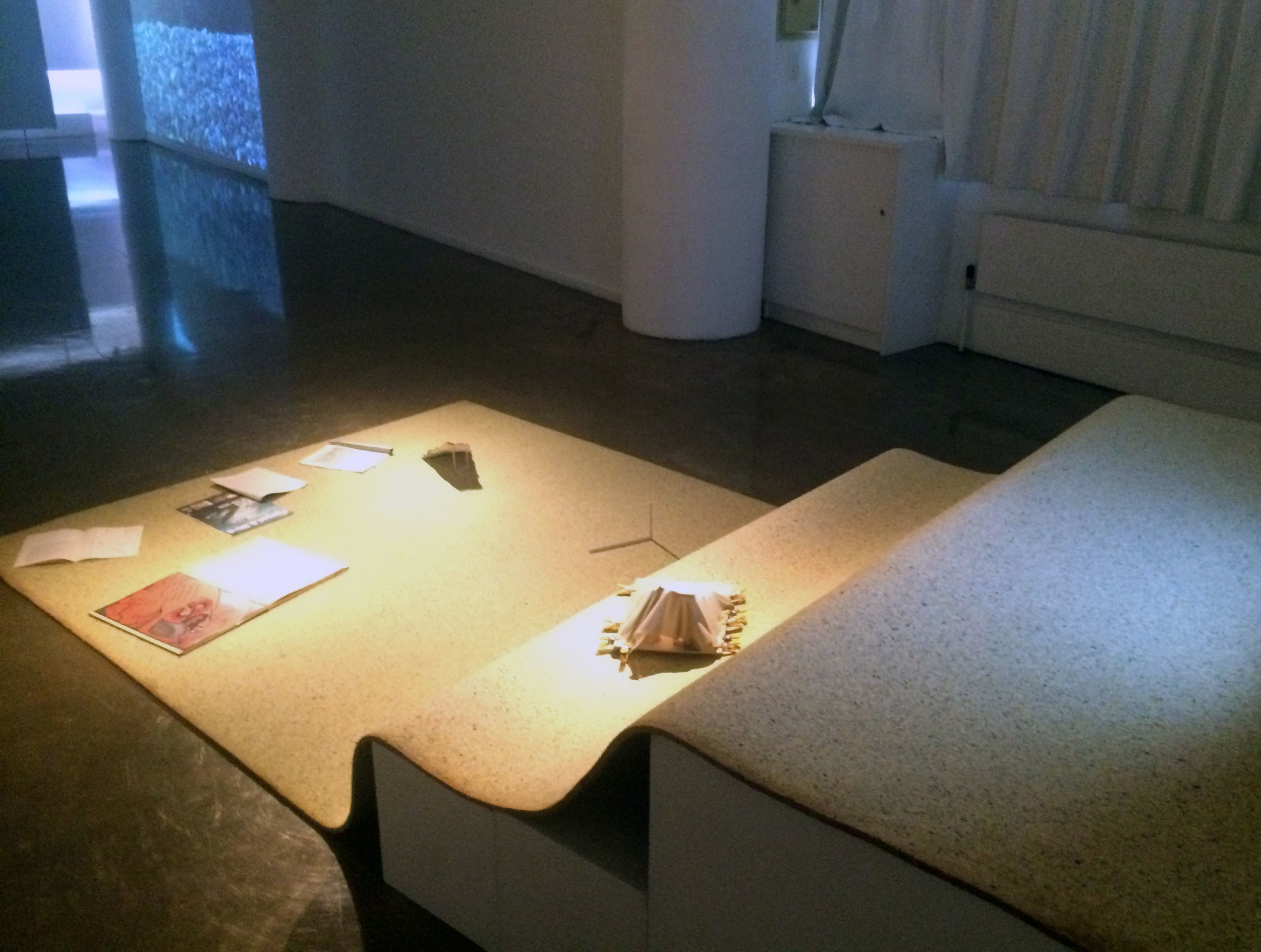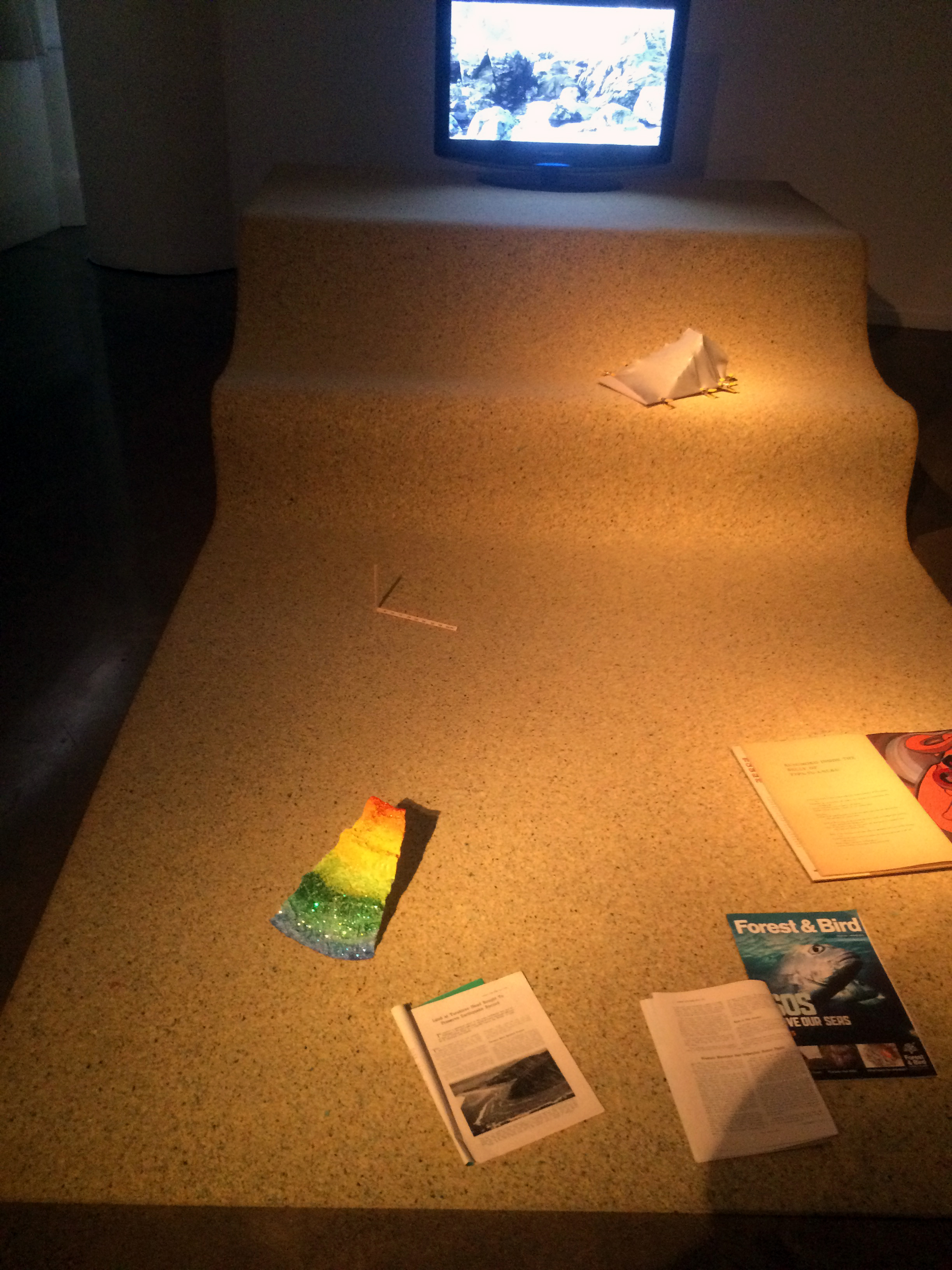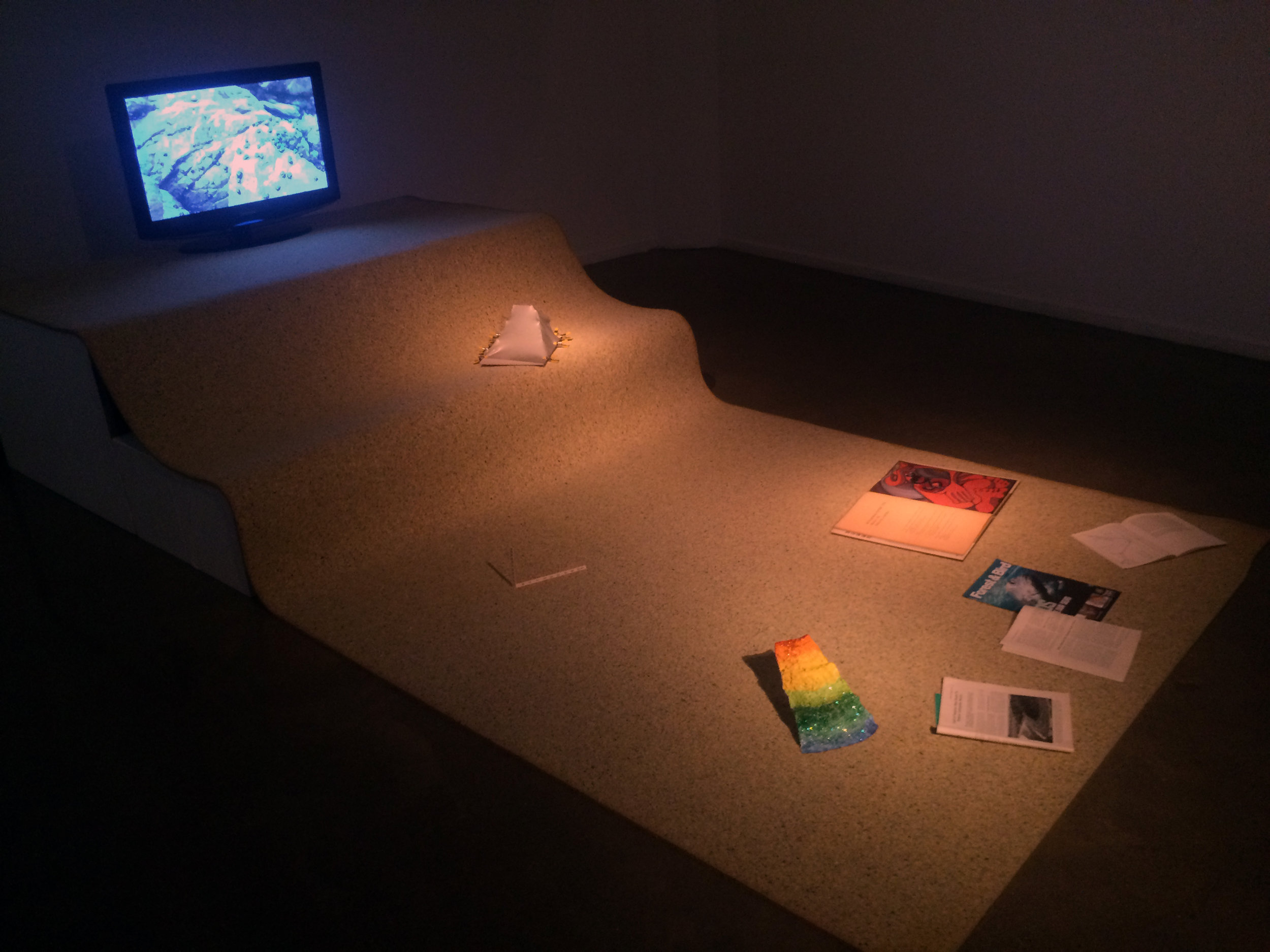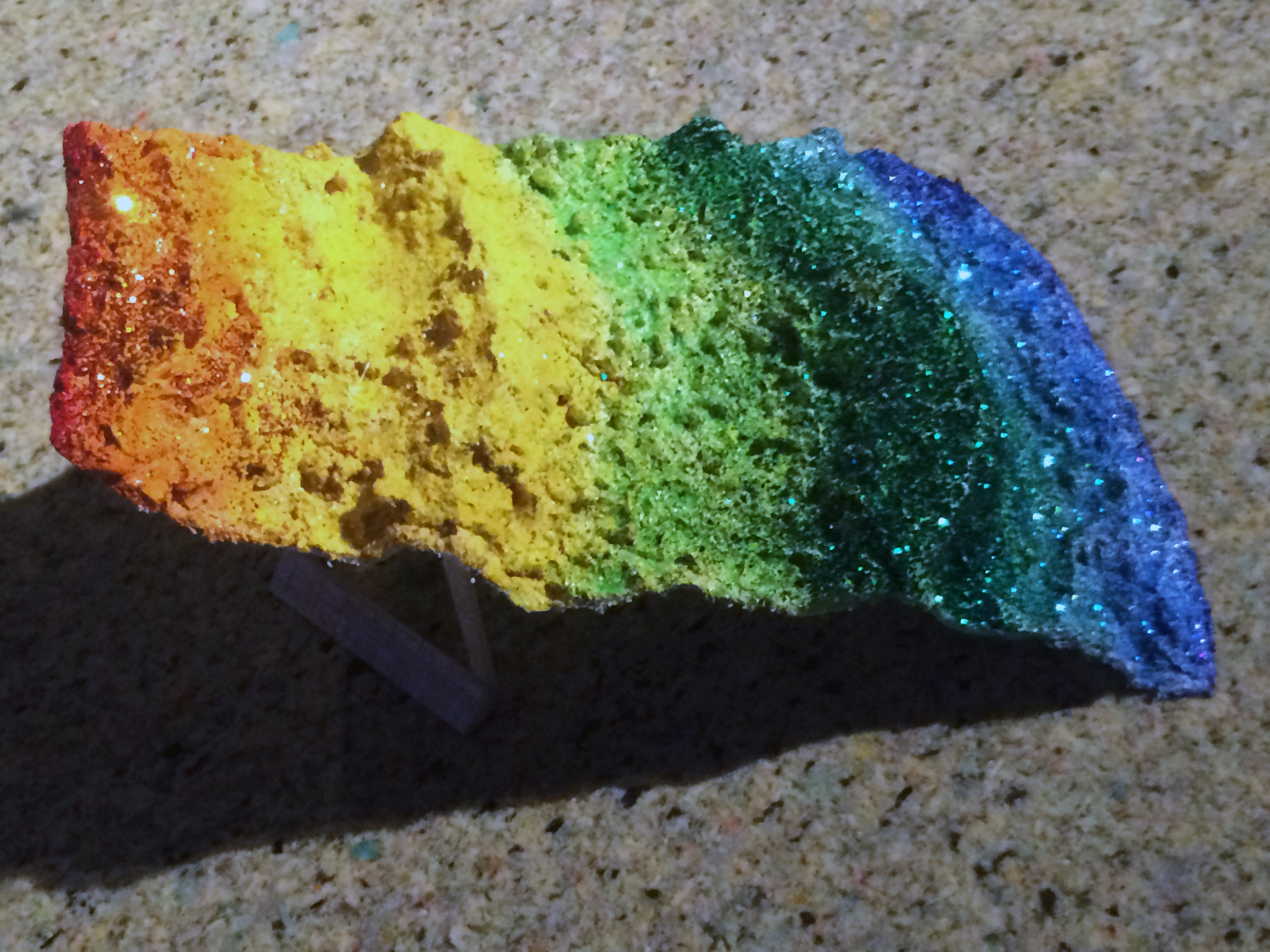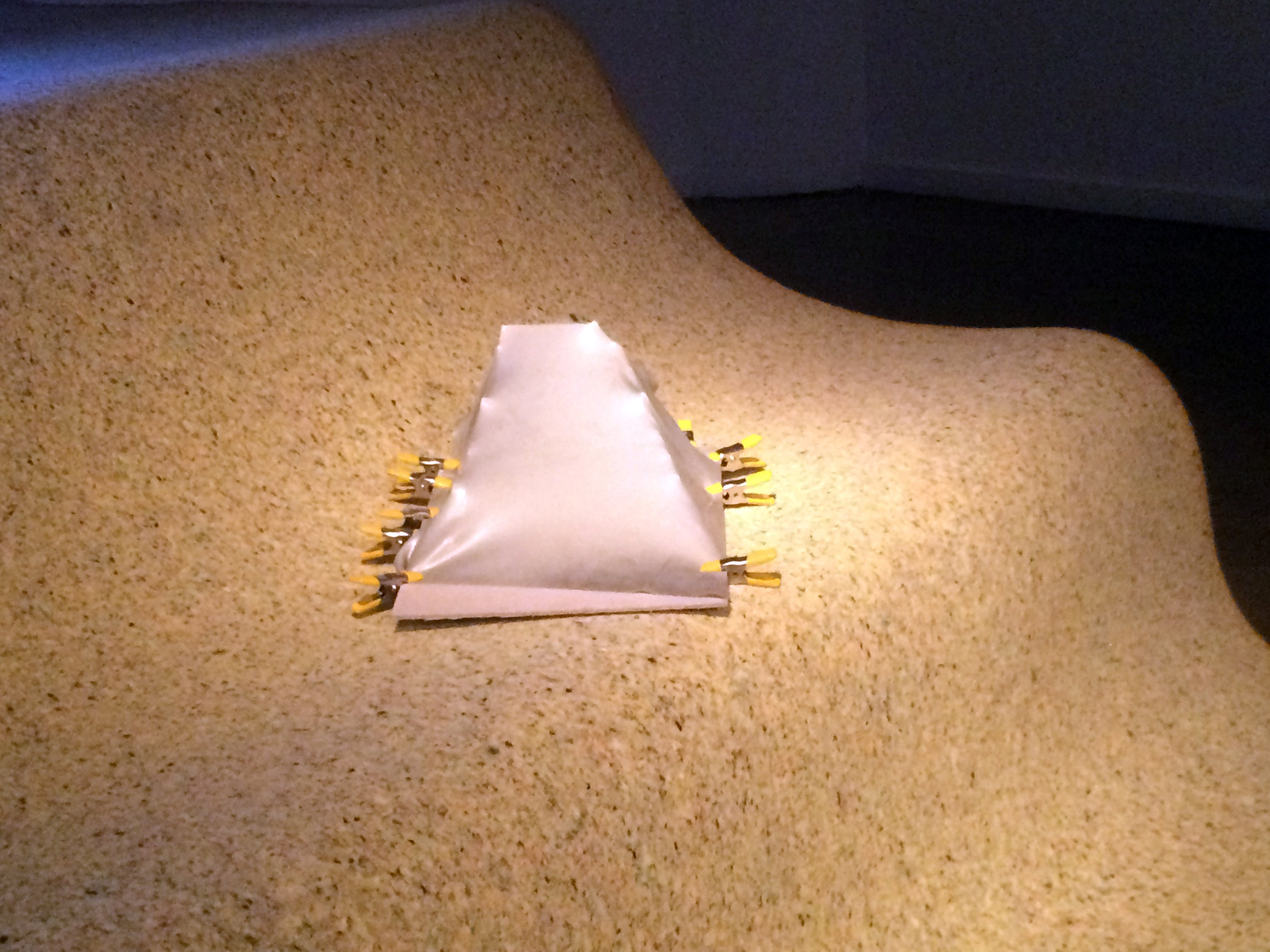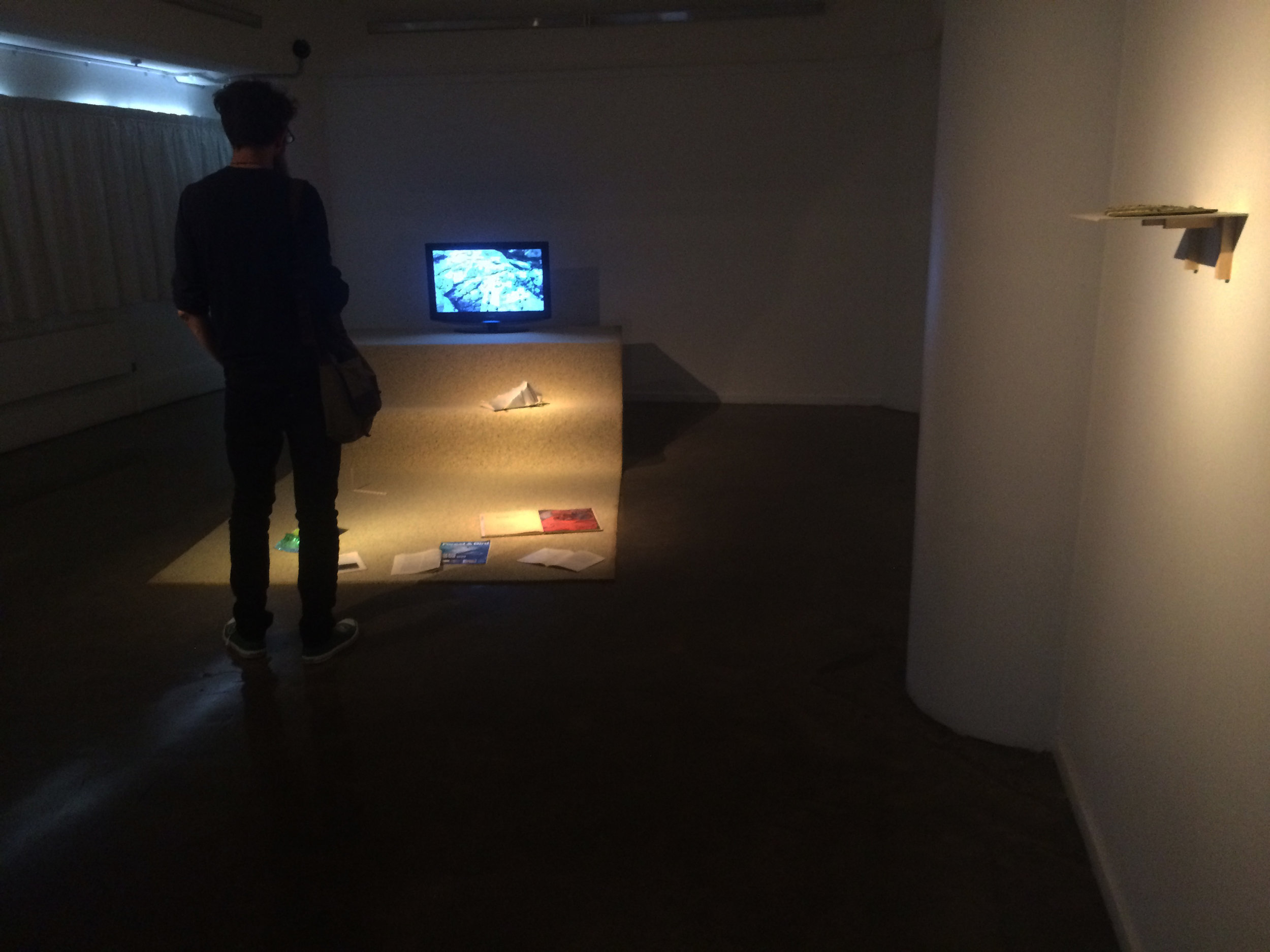The caravan is a multi-faceted and performative work. It was made to certain constraints, interacting with it is a type of performance; it involves the body, it references landscape, it’s a performance to get it out of the house (the wheels have to come off to get it through a domestic doorway). It may look cute but I cannot underestimate what it has given me to think about.
To make the caravan I had two constraints. Any object I make these days has to fit through a domestic doorway (I do not have a standalone studio space) and secondly, I had limited tools (a jigsaw and power drill). The caravan was made with a jigsaw using the kitchen table as support for the long straight cuts. Most of the sanding and cutting was done outside the kitchen window by the front door. A challenge with Wellington’s weather patterns. The caravan in various states has resided in our sunroom, hallway and our kitchen and bedroom. This puts a new spin on making art out of your bedroom.
I have made big wooden sculptures before (Dome) – but with technical help, more tools and in dedicated workshop spaces.
This time I decided to opt for independence. I wanted the independence of not relying on gallery spaces to show work so I am making art that exists outside of the gallery context. It’s funny because at times it’s a physical challenge to move these big objects I am making out of the house. I had trouble getting it into a space and then trouble getting it out of a space. Sometimes I work very closely to ‘the everything has to fit through a domestic doorway’ constraint.
I wanted to solve the problems myself with research and the physical act of following a process of making. I am no stranger to making things and although I have not had much experience with wood I knew I could learn the skills needed for this project, after all the caravan is but a combination of many simple steps (there were no readymade solutions) and hurdles to overcome. I decided to avoid asking men for DIY help because I wanted to move away from the dynamic of previous experiences and to maintain momentum.
I have thought a lot about the nature of resourcefulness and of constantly finding ways around obstacles. Of stepping away from the ‘prescribed path’ and moving between subtexts and occupying a type of liminal space out of necessity. The prescribed path can be a huge obstacle in a trajectory, particularly when you are putting a feminist slant on it. Being physically small and making big work (my next sculptures are big and heavy and almost impossible to make in a domestic space but they still fit through the front door) means you problem solve in a different way. If you lack physical strength you find a different way to do it. It’s usually a different pathway to a solution that someone of larger and stronger physical stature may arrive at. Resourcefulness is a way of communicating with others that there are many ways to solve problems.
When I make objects intended for people to get into I have discovered my default is to unconsciously make them to my scale. For example the opening to the Dome was unintentionally good for my size. In a way it’s like a physical imprint, a type of self-portrait.

